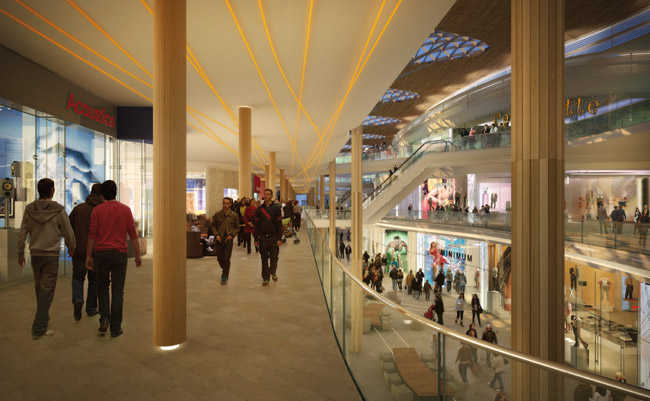Leica Geosytsems has recently introduced a new application to ease the import of real-world point cloud data into Autodesk’s popular Maya and Max renderers.
Over the past five years, laser scanning has been positioned at the cutting edge of surveying technology. With bespoke point cloud plug-ins available for Autodesk AutoCAD, Bentley MicroStation and many more packages, surveyors and CAD technicians can now easily manipulate full 1:1 3D data.
Until recently, there was no easy method of importing point cloud data into industry standard modelling and animation packages such as Autodesk 3ds Max or Maya. With many architects, gaming companies and surveying firms using these solutions, it was often the case that workarounds were developed to utilise the point cloud and 3D modelled data inside these packages.
Leica Geosystems is a specialsit in manufacturing laser scanning hardware and software solutions. As a provider of both the means to record, edit, analyse and deliver data, the company claims anyone can utilise a full Leica solution from project inception to completion. With the release of CloudWorx-VR for 3ds Max and Maya, even more companies can now use point cloud data.

Leica CloudWorx-VR makes it easy to create compelling multi-media deliverables based on rich, accurate and complete laser scanned data. It allows users to open point cloud files directly within the native 3D environments. In addition, customers using the Leica Cyclone Software suite (v7.1 onwards) now have the ability to export in VR format (*.alp), which can be opened directly inside 3ds Max or Maya.
CloudWorx-VR can also handle REP, PTG, LAS, FLS and 3DD files (binary), and PTS, PTX and TXT files (ASCII), meaning that users of scanners from many other manufacturers can take advantage of this new software. A simple executable file is provided, as part of the installation, to convert these file types quickly.
One advantage of CloudWorx-VR is that it taps into the rendering capabilities of 3ds Max and Maya. Not only can users model directly over the cloud, slice it, section it, trace over it and colour it, but also you can render the points, cast shadows onto the points, or even recognise the cloud as an entity capable of casting a shadow. This means that street-scenes and architectural montages have the capability to be more realistic.

Architects can now model directly over the data, all on an engine capable of handling hundreds of millions of points even with a relatively modest PC.
The built-in animation tools of both 3ds Max and Maya allow users to create point cloud visualisations. Point clouds can now be seamlessly integrated with modelled data so that when rendered the output is compelling and powerful. The ability to generate professional grade movies opens up previously unexplored markets for survey companies who may want to produce new deliverables — movies can even be rendered in full stereoscopic 3D. The demand for visualisations for planning applications and rights of light management is higher than ever before. These new tools allow for fast, effective solutions for these projects that can aid the development process and pre-planning stages.
Inside the box
The ‘Limit box’ tool allows users to focus on very discreet areas. This means that data-handling is always fast and ensures you are viewing the maximum amount data at all times. This is an excellent feature for larger datasets where only a small portion is required to be modelled.

The ‘Slice’ tool allows for a moveable slice in the X, Y or Z plane to be set up at any given point and with any depth. This allows for accurate modelling of sections. The clip box can also be animated to produce interesting results when navigating through structures and when producing fly-throughs of the data. Construction planes can also be created so that all objects drawn on the cloud are snapped to a 2D plane of the user’s choice. Users also have the ability to interrogate individual points, measure between them and annotate.
Among the options for modelling with the data, users can select to generate markers on the point cloud to which geometry can be snapped to. N-sided polygons can also be drawn directly onto the cloud as can splines and particle markers. This level of functionality means that models can be generated quickly and efficiently with the minimum of fuss.
There is also a full compliment of cloud management tools within both versions, which allows individual datasets to be viewed. Small clusters can be turned on or off at will and point cloud performance can be adjusted to the user’s preference, ensuring you are always getting the best possible presentation.
The point cloud can be coloured using intensity values (multi-hue or greyscale) or true-colour. The software can also colour the data with a gradient map to help visualise large topographic scenes.






